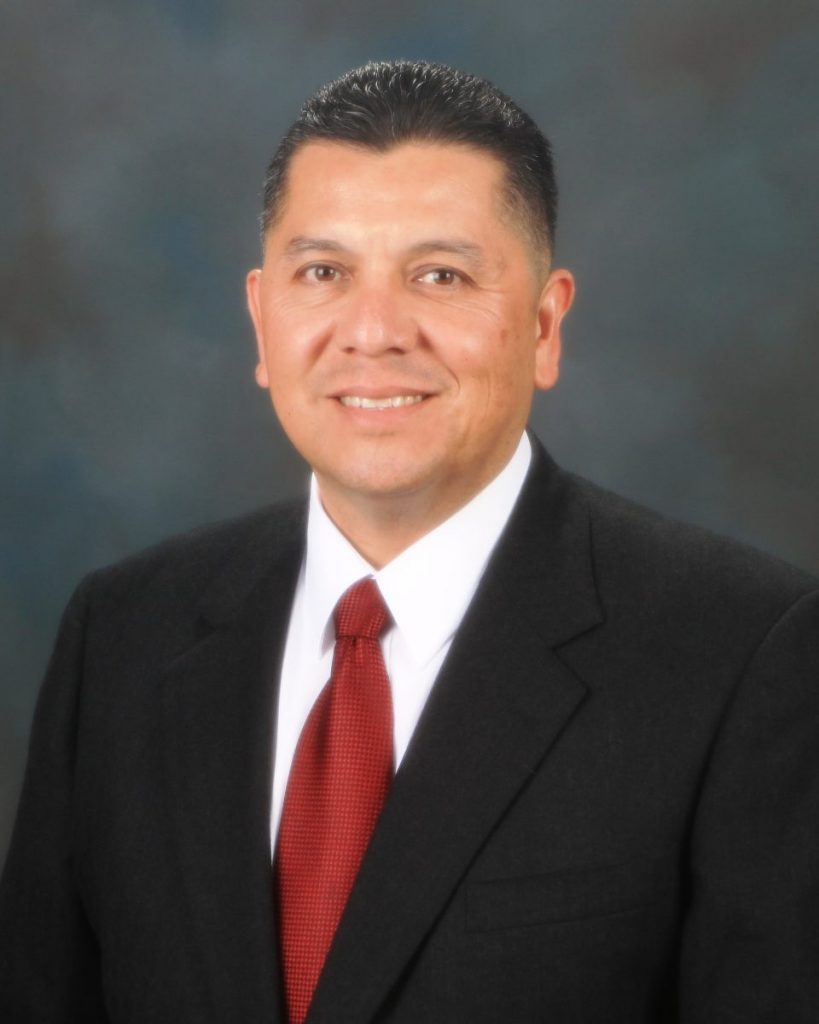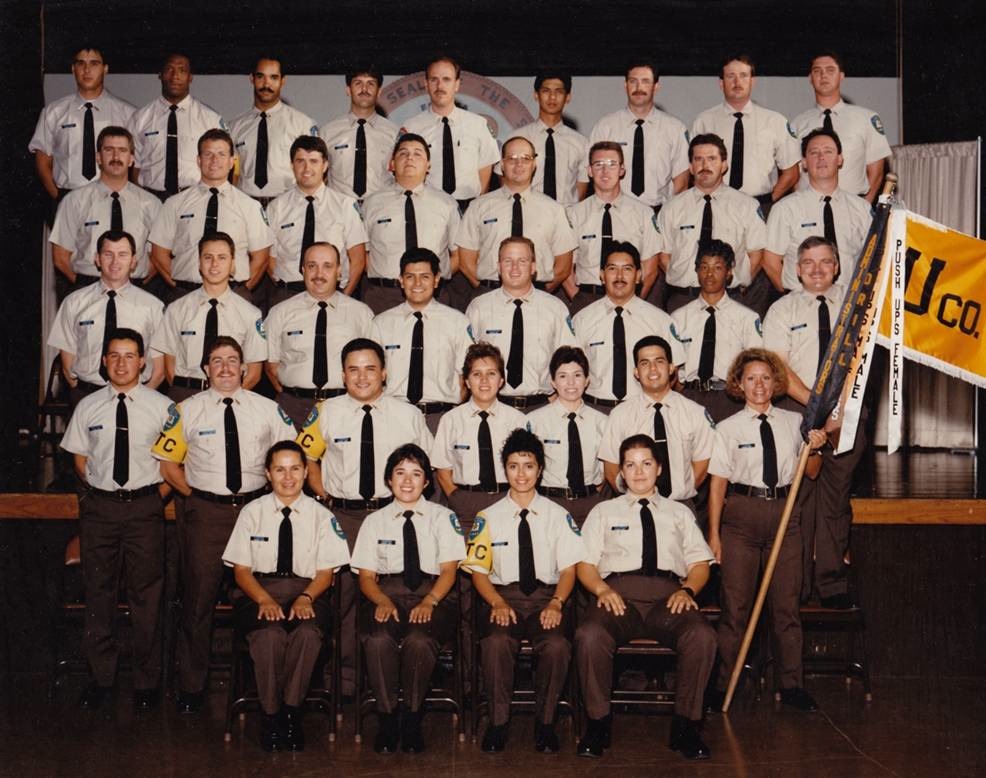By Ralph Diaz, CDCR Secretary
Exactly 28 years ago, on June 10, 1991, I arrived at the Richard A. McGee Correctional Training Center with a borrowed suitcase, having borrowed money to buy gas to get to Galt from my hometown of Woodlake, a three-hour drive. Back then, I drove a 1986 Chevy Blazer with a bad transmission. Today, I drive a 1998 Toyota Tacoma. As you can see, I’ve come a long way.
While I have evolved over the years – from correctional officer, to correctional counselor, to Captain of a Level IV yard at the height of overcrowding, to Warden, Associate Director, and Undersecretary – nothing could have prepared me for the role I am in now as the appointed Secretary of the California Department of Corrections and Rehabilitation. Being given the opportunity to lead what I consider the greatest corrections agency in the nation is humbling and filled with responsibility and unforeseen challenges around every corner.

In my first Secretary’s Corner, I want to begin by expressing appreciation for everyone who has willfully chosen this profession, and has or will give it the best years of their lives. I want to thank everyone who shares my hope of a better future for the agency. I want this message to be an invitation to you to join me in what I believe will be the greatest period in our department’s history.
When I began as a correctional officer, I thought public safety meant clearing count and responding to incidents, but we do so much more and deserve to be recognized for it. We serve the citizens of California and the communities where our children, grandchildren, parents, friends and loved ones live.
The service we provide to the 125,500 inmates and 50,000 parolees is difficult, but worthy of our efforts. Beyond what we are required to do by law and regulation, we also find the time to support an inmate who earns a high school diploma, to give visitors our full attention and patience when things are not going well for them, or to speak the wisdom that will help an individual break through the lifelong gang mindset held by many of our population.
These acts of kindness, compassion and humanity will not be found in the California Code of Regulations Title 15, Departmental Operations Manual, Administrative Bulletin, Local Operating Procedure or Post Orders. And yet, in those spaces, we find our true potential – and perhaps even our purpose – to change lives and the trajectory of lives we may never see. Not only of the incarcerated and their families, but of the employees who see the fruits of their work firsthand and leave their work site every day knowing they made a difference and enhanced public safety by their actions.
This is what I wrote in my journal at the end of my first day: “First day in the academy and I am glad it is over. When I left Maria I didn’t want to show any emotion. Walking on to the campus was kind of like jumping into a pool knowing I was going to get wet but not knowing how cold the water would be. I feel all alone and at the mercy of strangers. I pray God is with me.”
Twenty-eight years later, I can tell you that the water is often shockingly cold, but it is exactly where I am supposed to be. And while the people around me are sometimes strangers, I strive to not feel alone, because with me on this journey are the new COs on graveyard shift; the doctors seeing their patients behind closed doors; the visiting staff watching the long lines of visitors convene; the mental health clinicians at the cell front trying to prevent an extraction; the code responders forming a skirmish line; the Captains and Wardens struggling with integrations; the Case Records staff doing countless manual calculations; the EIS staff coding furiously to implement the latest rounds of SOMS deployment; the plant managers trying to uphold decaying infrastructures; the teachers molding students who were dropouts on the streets; the volunteers who selflessly give their time and gas money; and so many others I can list.
For all that you do and the sacrifices you make, thank you. I look forward to leading this great agency for years to come.
